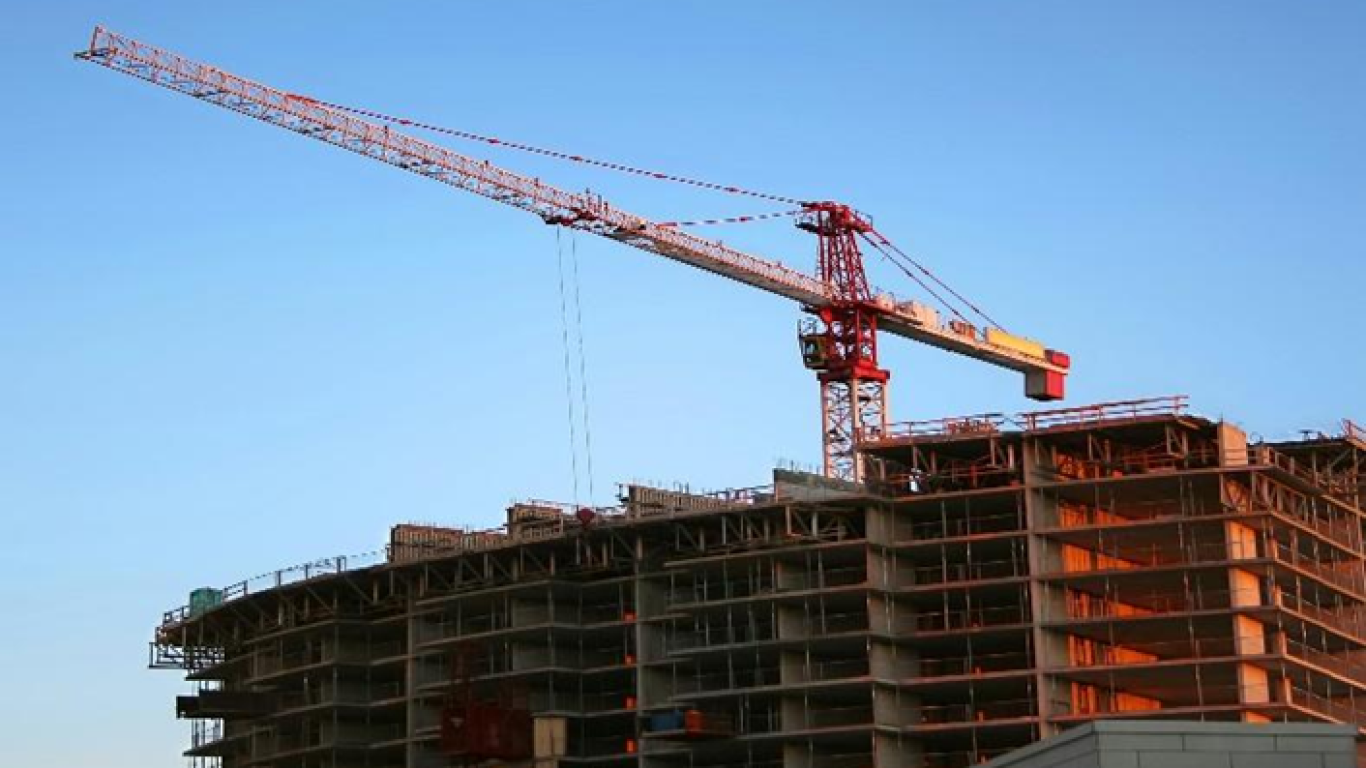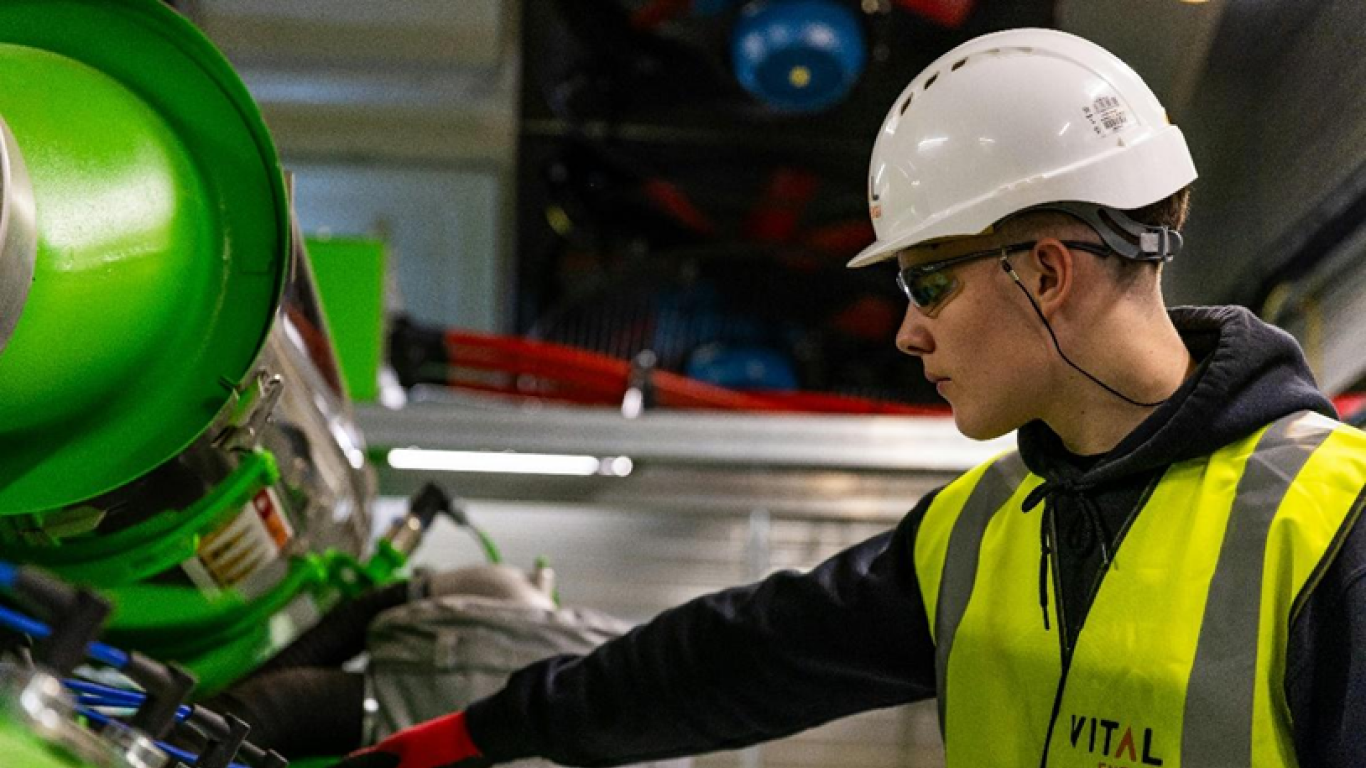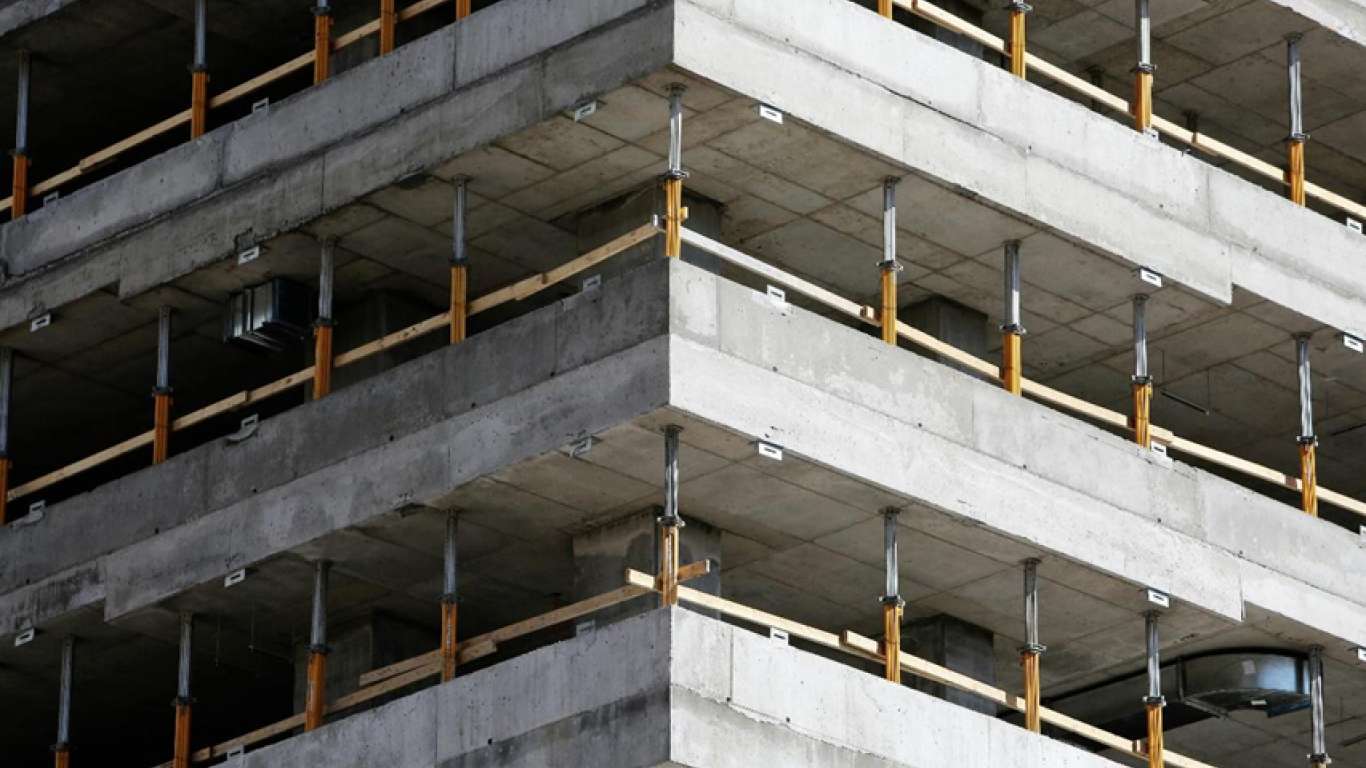The Future of Ready-Mix Concrete: Innovations Shaping the Industry in 2024
The Ready-Mix Concrete (RMC) industry is undergoing a significant transformation driven by innovation, sustainability, and technology. As the global demand for efficient and eco-friendly construction solutions rises, RMC is at the forefront of these changes. By 2024, the market is projected to surpass $650 billion, fueled by rapid urbanization, infrastructure development, and advancements in technology. Let’s take a closer look at the key innovations and trends shaping the future of the Ready-Mix Concrete industry.

1. Smart Concrete and Self-Healing Materials
Innovation in material science has led to the development of smart concrete and self-healing concrete. Smart concrete integrates sensors and nanotechnology to monitor its strength, durability, and structural integrity in real-time. This ensures predictive maintenance and extends the lifespan of structures. Additionally, self-healing concrete, embedded with bacteria or capsules of healing agents, repairs cracks autonomously. According to a recent study, self-healing concrete can reduce maintenance costs by up to 40% over its lifecycle, making it a game-changer for sustainable construction.
2. Sustainable and Low-Carbon Concrete Solutions
Sustainability remains a priority for the construction industry as governments aim to cut carbon emissions. The RMC industry is embracing innovative solutions like low-carbon concrete and incorporating recycled materials such as fly ash, slag, and silica fume into the mix. Companies are also experimenting with carbon capture technologies to reduce emissions during production. For instance, Carbon Cure Technologies is helping manufacturers inject captured CO2 into concrete, which not only cuts carbon footprints but also increases the strength of the final product.
The push for green concrete aligns with the UN Sustainable Development Goals (SDGs), creating a win-win situation for businesses and the environment.
3. Automation and Digitalization in RMC Plants
Digital transformation is revolutionizing RMC production processes. Automation technologies, such as AI-driven batching systems and IoT-enabled sensors, ensure precise mix proportions, real-time monitoring, and reduced wastage. Digital twins, a cutting-edge technology, are also gaining traction. By creating virtual replicas of concrete plants, companies can analyse production data and optimize operations. According to industry reports, automation has improved productivity by up to 20% while significantly reducing energy consumption.
4. 3D Concrete Printing: The Next Frontier
3D printing technology is emerging as a breakthrough in the RMC sector. With its ability to create complex structures quickly and efficiently, 3D concrete printing reduces construction timelines and material wastage. In 2023, the global market for 3D concrete printing was valued at $1.1 billion, and it is expected to grow exponentially. The adoption of this technology enables construction firms to build cost-effective and sustainable homes, paving the way for affordable housing solutions.
5. Enhanced Logistics and Delivery with AI and GPS
Efficient delivery is critical in the RMC industry, where timing is everything. By integrating AI-based route optimization and GPS tracking, concrete suppliers can ensure on-time delivery while reducing fuel costs and carbon emissions. AI-powered logistics platforms help monitor real-time traffic conditions and optimize fleet management. Companies adopting these technologies have reported savings of up to 15% on transportation costs.
The future of Ready-Mix Concrete lies in embracing technology and sustainability. Innovations such as smart materials, low-carbon mixes, automation, and 3D printing are reshaping the industry landscape, making it more efficient, cost-effective, and eco-friendly. As the global construction sector grows, the RMC industry is set to play a pivotal role in building a sustainable, smarter world. For businesses in the sector, adopting these advancements is no longer optional but essential for staying competitive in 2024 and beyond.
.png)





